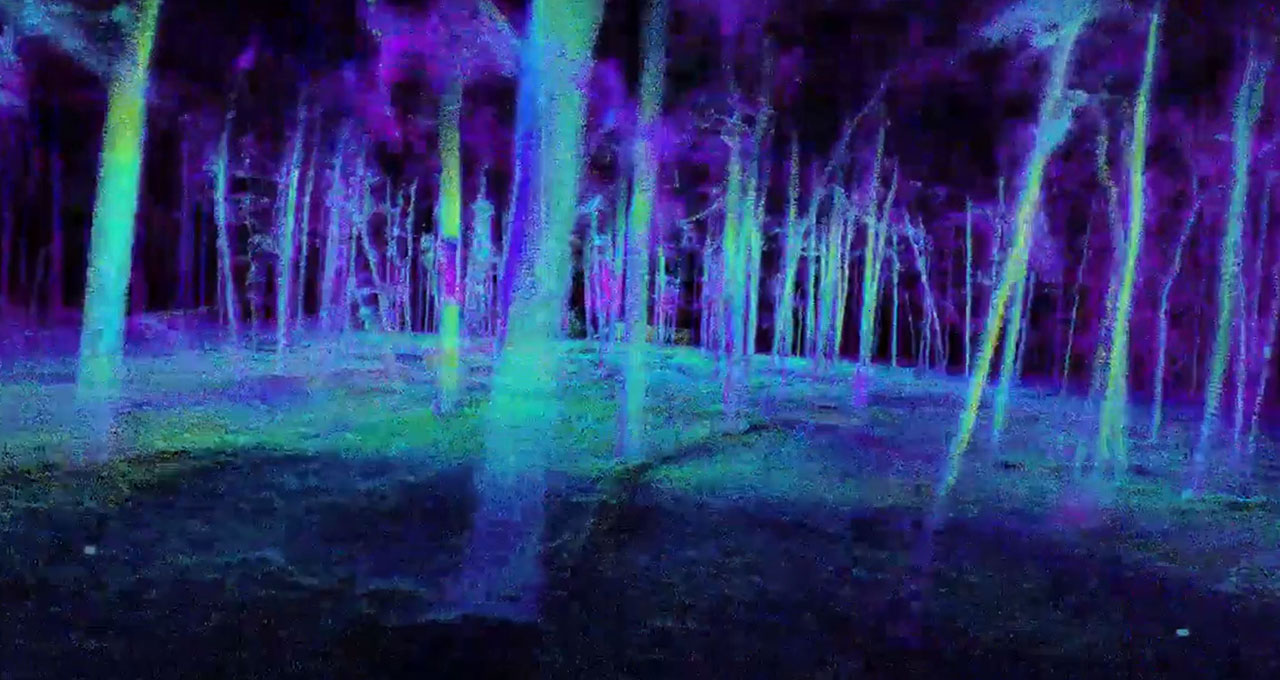AI startup Trefos is helping foresters see the wood for the trees.
Using custom lidar and camera-mounted drones, the Philadelphia-based company collects data for high-resolution, 3D forest maps. These metrics allow government agencies and the forestry industry to estimate the volume of timber and biomass in an area of forest, as well as the amount of carbon stored in the trees.
With this unprecedented detail, foresters can make more informed decisions when, for example, evaluating the need for controlled burns to clear biomass and reduce the risk of wildfires.
“Forests are often very dense, with a very repetitive layout,” said Steven Chen, founder and CEO of the startup, a member of the NVIDIA Inception program, which supports startups from product development to deployment. “We can use deep learning algorithms to detect trees, isolate them from the surrounding branches and vines, and use those as landmarks.”
Trained on NVIDIA GPUs, the deep learning algorithms detect trees from both camera images and lidar point clouds. AI can dramatically increase the amount of data foresters are able to collect, while delivering results much faster than traditional forest monitoring — where scientists physically walk through forest terrain to record metrics of interest, like the width of a tree trunk.
“It’s an extremely time-consuming process, often walking through very dense forests with a tape measure,” Chen said. “It would take at least a day to survey 100 acres, while measuring less than 2 percent of the trees.”
By collecting data by drone-mounted lidar and camera sensors, it would only take 30 minutes to go through the same 100 acres — while measuring every tree.
Getting AI Down to a Tree
Chen began his career in finance, working as an agricultural-options trader. “There, I saw the importance of getting inventory data for forests,” he said.
So when he joined the University of Pennsylvania as a Ph.D. student in robotics, he began working on ways robotics and machine learning can help get a better picture of the layout and features of forests around the world. Much of the research behind Trefos originated in Chen’s work in the Vijay Kumar Lab, a robotics research group at UPenn.
Trefos’s custom-built drones can fly autonomously through both organized, planted forests and wild ones. Chen and his team are working with the New Jersey Forest Service, which allow Trefos’s drones to fly through state forests and provide perspective on the kinds of metrics that would be useful to foresters.
The company has collected and labeled all its own training data to ensure high quality and to maintain control over the properties being labeled — such as whether the algorithms should classify a tree and its branches as two separate elements or just one.
Some processing is done at the edge, helping autonomously fly the drone through forests. But the data collected for mapping is processed offline on NVIDIA hardware, including TITAN GPUs and RTX GPUs on desktop systems — plus the NVIDIA DGX Station and DGX-1 server for heavier computing workloads.
Its AI algorithms are developed using the TensorFlow deep learning framework. While the drone platform currently captures images at 1-megapixel resolution, Trefos is looking at 4K cameras for the deployed product.
Chen founded Trefos less than two years ago. The company has received a grant from the National Science Foundation’s Small Business Innovation Research program and is running pilot tests in forests across the U.S.
